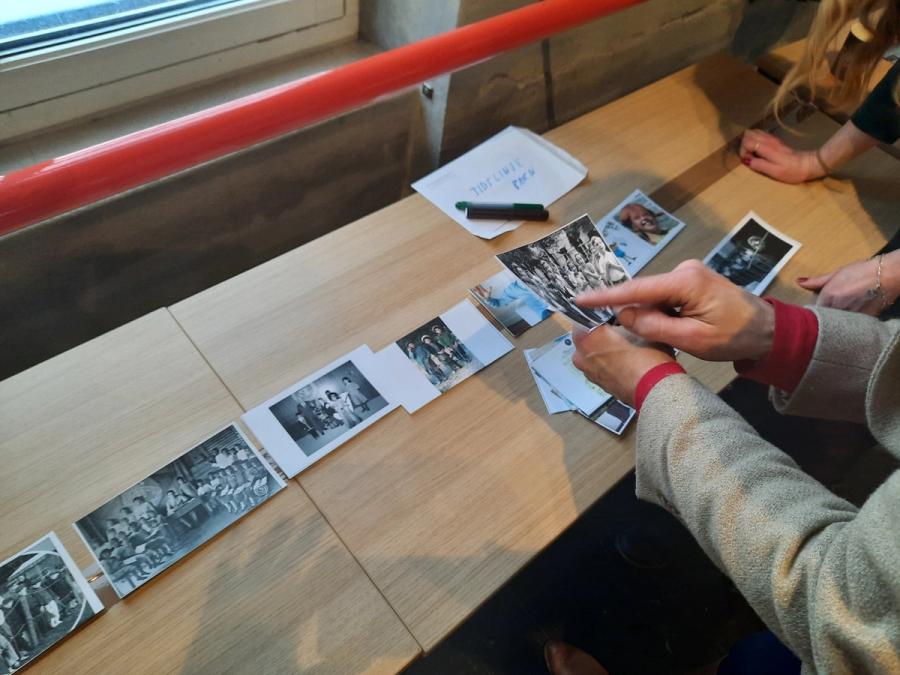Timeline about children’s rights
Over the last century children have gradually gained stronger legal protection. The UN Convention on the Rights of the Child was an important breakthrough. By placing pictures in chronological order, the participant will gain insight into the development of children’s rights, and how children and youths contribute to positive development.
Quick facts




Activity goals
- To gain insight into historic milestones that have affected children’s lives.
- To learn about children’s rights and the UN Convention on the Rights of the Child.
- To feel mastering and to be inspired.

Preparation
- Coloured tape must be attached to the tables from one end to the next to illustrate a timeline from the start of the nineteenth century (1800s) to today.
- Brief presentation of the UN Children’s Convention. Important points:
- Due to their physical and mental immaturity, children are a vulnerable group which needs extra protection. The UN Children’s Convention was adopted in 1989 and recognises the child as a separate legal entity with its own rights. Just about the entire world society has undertaken to comply with the convention, giving it a particularly strong political, moral and legal status.
- The Children’s Convention has four main principles: non-discrimination, the child’s best interests, life and development and the right of co-determination.
- The central authorities have the primary responsibility for ensuring children’s rights. A key point here is to ensure that national legislation protects these rights. Many countries have an ombud for children.
- Parents and other caregivers must respect children’s rights and not resort to mental or physical violence.
Instructions
- The facilitator gives a brief introduction about the UN Children’s Convention (15 minutes).
- Divide the participants into groups of 4-6, each will be given a set of pictures. See the attached proposal for pictures. Feel free to add any pictures showing historic milestones in your country
- The participants must interpret the pictures and try to put them in chronological order on the timeline on the table. Which milestones in the history of children’s rights do the pictures show? (30 minutes)
- When the groups have finished, the facilitator examines – and acknowledges – the groups’ timelines
- The facilitator shows the pictures in chronological order in a plenary session. An explanation is given for why each picture shows an event or person that has been important in the struggle to create better conditions for children. Then the participants must answer which article or articles in the UN Children’s Convention they believe would be relevant for the situation in the picture
Debriefing
The Children’s Convention has been very important for children in many countries. Many states have initiated systematic investigations into the conditions children live under, and implemented measures to improve their situation. After the convention was adopted there have been many positive developments. More children live to adulthood, fewer children are suffering from malnutrition and more and more children – girls and boys – are attending school. Harmful customs and the use of violence are discussed and rejected. A century ago children around the world were commonly beaten, also in school.
The clear message of the Children’s Convention is that children shall be protected from physical and mental violence. The central authorities have the primary responsibility for realising the implementation of the Children’s Convention. Since we who are parents and caregivers are the ones living with the children every day, it is up to us to ensure that their rights are respected.
Resources:
Timeline of child rights ( UNICEF)
(English translation: John Anthony)



